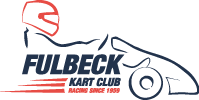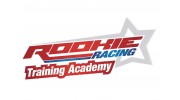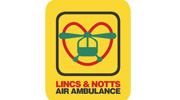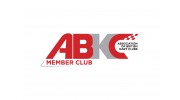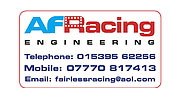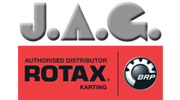General Technical Information
LEAD WEIGHTS
Lead should be fitted lower down if the driver is a bigger build and higher up for small or light drivers. The lighter or smaller driver may achieve better rear wheel grip if the lead is higher on the seat, the heavier driver should try securing the weight to the sides of the seat to keep the kart balanced. Also use the weights to balance the kart all round, more towards the front to achieve better front end grip, and back for better rear end grip. In the wet have the weight as high as possible to achieve better grip all round.
REAR TRACK
Changes to the rear tracking is very important, moving the rear wheels in will cause the kart to grip the track a bit harder. Don't go in too far otherwise this will cause the kart to handle badly.
Moving the wheels out will give a better ride and it will also stop the rear of the kart from bouncing around the corners! When moving wheels in or out, only go about 10mm each side at a time and test it!
FRONT TRACK
If the kart is not turning into the corner properly try widening the front by 5-10mm each side this should reduce the front-end slide (understeer) and cause the steering to be more direct. Narrowing the front track will make the steering less responsive. The front wheel alignment should be set to 0mm - 2mm toe out, check with your karts supplier for the recommended settings.
WHAT IS THIS BLUEPRINTING THING?
When your engine was produced by the manufacturer, the various parts were made to an ideal size, give or take a bit. Unfortunately with all the parts giving or taking a bit you end up with an engine that is not all that ideal. On the other hand, if you have an engine made up from all ideal parts, you have a real beauty and don't let it out of your sight.
Blueprinting is just a method of adjusting or machining parts to bring them back to the specified tolerance without giving or taking. This is a highly specialised job, and should be done by experts in conjunction with the latest rule book.
OVERSTEER TROUBLE SHOOTING
This is where on turning the wheel, the kart immediately and rapidly changes direction, the rear end breaks away, which results in a spin, or rear end slide. This is down to insufficient rear end grip - as the turn is started, the inside wheel lifts, but the outside rear cannot cope with the extra cornering forces involved, and breaks away. So we either have approached the corner too fast - and hence corner forces have overcome the grip of the tyre, or the tyre isn't producing the required level of grip. If the inside wheel is lifting a long way, this can cause grip problems since the tyre is at a larger angle to the track. Kart tyres do not react well to large angles of attack. This normally indicates that there is probably a problem with the chassis more than the front geometry. It is flexing too far and allowing the rear too far off the track. Moving the rear hubs outwards can improve this situation, since a wider stance makes it harder for the cornering forces to lift the inside rear, thereby decreasing the amount it will lift in any given corner. If the back breaks away under braking or acceleration, then it's possible the rears are too far apart. It could be that the tyres are at the wrong pressure - and therefore not at the right temperature to produce the required grip level. So the best option is to try different pressures during testing, once initial handling has been sorted out.
WET WEATHER
In the wet, cornering is done much more slowly, and you cannot accelerate as fast, or brake as heavily because of the lower grip levels available. Lower corner speeds means you do not get the same level of cornering force, so the inside rear may not lift correctly, or even at all. Moving the front wheels outward emphasises the twisting effect, improving initial turn in.
In effect the front geometry has more of an effect throughout the corner in wet weather than in dry. Because you still have the same amount of power available, in low grip conditions the grip levels are exceeded more easily when applying power, causing rapid spin out. Moving the rear wheels in reduces this effect, so more power can be applied without breaking rear end grip. Some people refer to moving the rears inwards as increasing grip.
This is not strictly true - the grip levels remain the same, but the power can be applied more efficiently.
